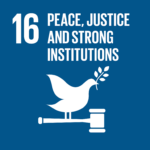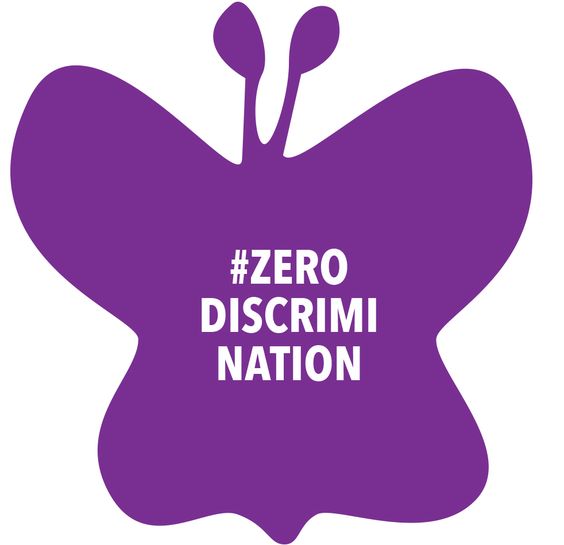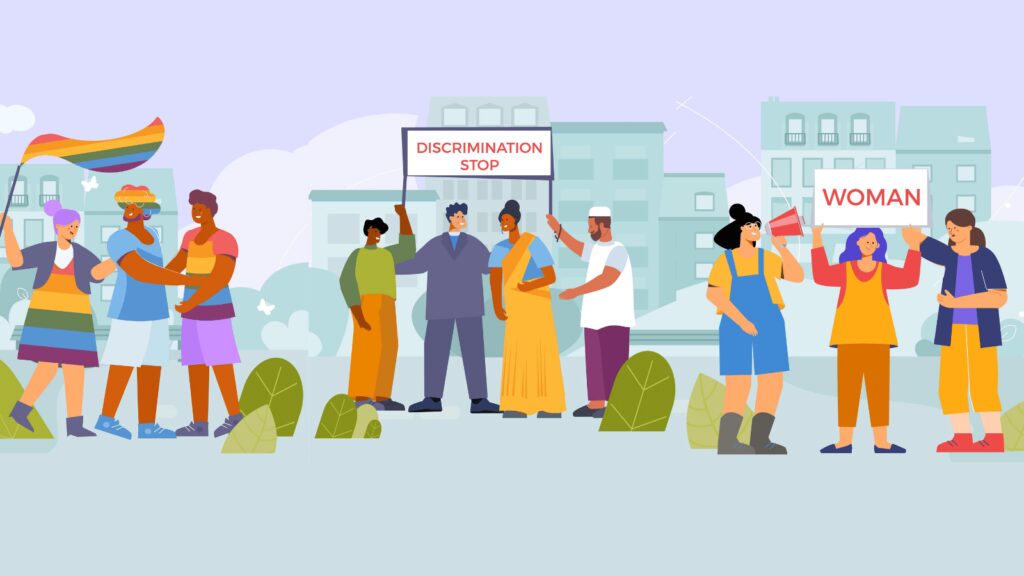Zero discrimination day is not merely about how far we have to go; but also a celebration of how far we’ve come.
Every year, the world commemorates Zero Discrimination Day. It emphasises the necessity of leading a dignified life regardless of age, gender, ethnicity, skin color, height, weight, or other factors. A ‘butterfly’ is the symbol of Zero Discrimination Day. The symbol of Zero Discrimination Day is a ‘butterfly’.
RELEVANT SUSTAINABLE GOALS


Journey to Zero Discrimination
Discrimination has persisted in society as a visible evil that underlines the fundamental flaw in our understanding of humanity. We have divided ourselves into many groups as humans based on gender identity, race, class, sexual orientation, sex, occupation, income, handicap, and so on.
Every year on March 1, Zero Discrimination Day is marked to combat the attitude that leads to issues, incidences of violence, or widespread violence. Michel Sidibe, Director of UNAIDS, established the day in December 2013. Zero Discrimination Day was honored for the first time the following year, on March 1, 2014. As a result, UNAIDS paved the path for persons living with HIV/AIDS who encounter prejudice due to their illness.

The goal of Zero Discrimination Day was to mobilise a global solidarity movement to eradicate all forms of discrimination. This year’s Zero Discrimination Day theme is “Remove laws that damage, establish laws that empower,” with UNAIDS emphasizing the significance of removing discriminatory legislation.
Many countries still have laws that discriminate against women and children. Women, for example, do not have the same marriage and voting rights as males. In addition, LGBTQAI+ persons do not have the same rights as heterosexual people. Such laws are discriminatory and violate people’s basic rights and liberties.
You may also be interested in :
World Bank 2022 Youth Summit Pitch Competition For Equitable Growth : Application Open !


